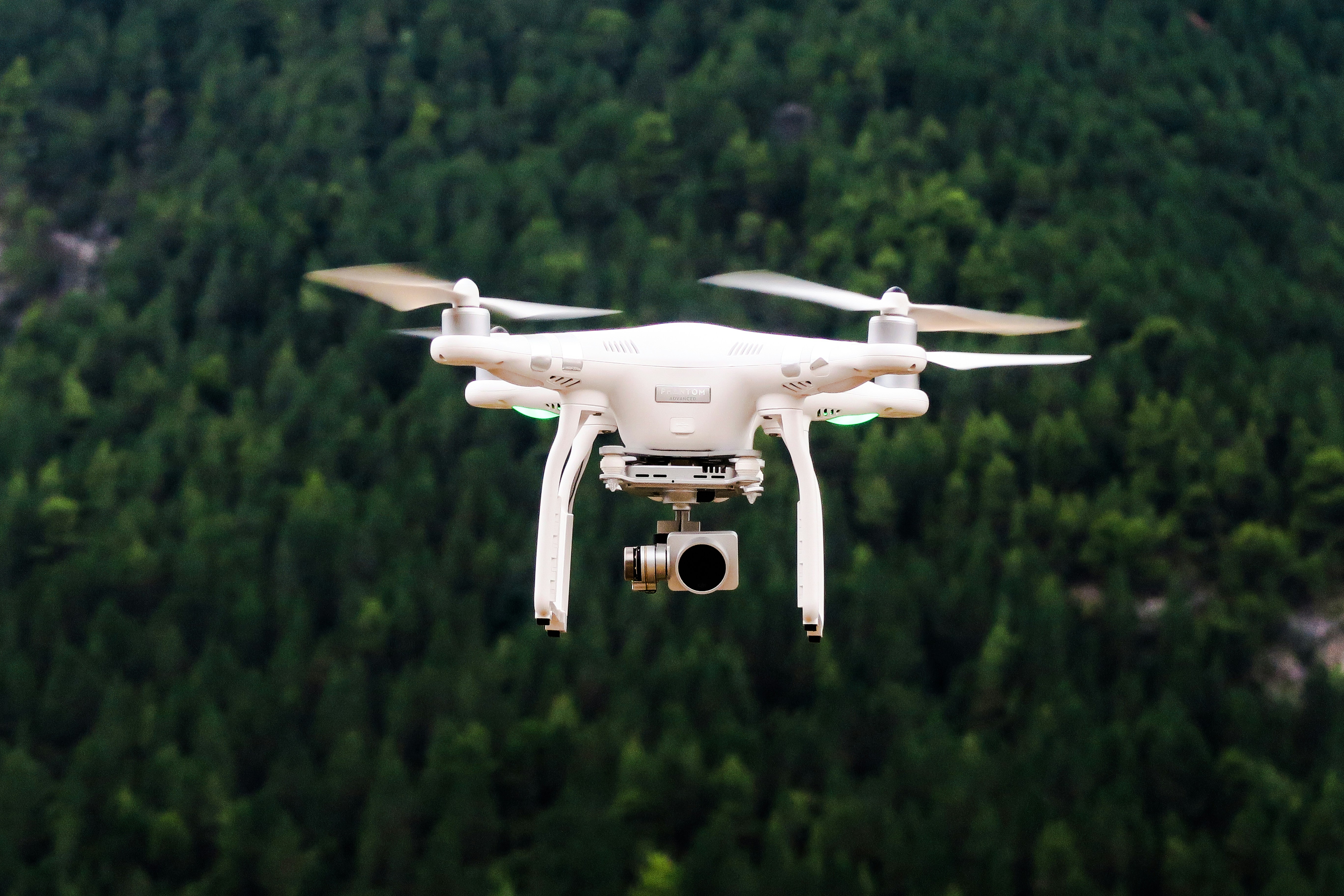Introduction to Drone Technology in Disaster Management
As hurricanes increasingly impact communities, innovative technologies play a crucial role in improving disaster response. Drones, or unmanned aerial vehicles (UAVs), have emerged as powerful tools for assessing hurricane damage. Their ability to quickly gather detailed information from the sky provides emergency responders with invaluable data to plan relief efforts. In this blog post, we’ll explore the advantages of using drones in hurricane damage assessment and how they are transforming disaster management.
The Rise of Drone Usage
Drones have become indispensable in numerous sectors, from agriculture to real estate. Their application in emergency management, particularly during hurricanes, highlights their potential. These flying devices offer a unique vantage point, allowing responders to capture high-resolution images and videos of affected areas. This technology is especially beneficial in regions where ground access is hindered by debris or flooding.
Advantages of Drones in Damage Assessment
Speed and Efficiency
Drones can cover large areas quickly, significantly reducing the time it takes to assess hurricane damage. Traditional methods might require days or even weeks, whereas drones can accomplish the task in hours. This rapid deployment is crucial in the initial stages of disaster response when time is of the essence.
High-Resolution Data
Equipped with advanced cameras and sensors, drones can capture high-resolution images and videos that provide detailed insights into damage severity. This data is essential for prioritizing recovery efforts and allocating resources effectively. Drones can also create 3D maps of affected areas, offering a comprehensive view that is otherwise impossible to achieve quickly from the ground.
Safety and Accessibility
Drones can access areas that are too dangerous or difficult for humans to reach, such as rooftops or areas surrounded by floodwaters. By reducing the need for human presence in hazardous zones, drones enhance the safety of assessment teams and allow them to focus on other critical tasks.
Implementing Drone Technology in Disaster Response
For communities prone to hurricanes, integrating drones into disaster response plans is becoming increasingly necessary. Local governments and relief organizations can utilize drones not only for damage assessment but also for ongoing monitoring of conditions post-disaster.
Training and Capacity Building
Training personnel in drone operation and data analysis is crucial for maximizing the benefits of this technology. Organizations like HelpNow offer courses in emergency response, ensuring that responders are equipped with the skills needed to leverage drone technology effectively.
Collaboration with Agencies
Working in tandem with government agencies and other stakeholders can enhance the efficacy of drone deployments. By collaborating with agencies like the Federal Emergency Management Agency (FEMA), responders can ensure that drone operations are coordinated and that the data collected is integrated into broader disaster management strategies.
Regulatory Considerations
As with any technological advancement, regulatory compliance is essential. Ensuring that drone operations adhere to Federal Aviation Administration (FAA) guidelines is crucial for safe and legal operation, particularly in disaster zones where airspace may be restricted.
The Future of Drones in Disaster Management
The potential of drones in hurricane damage assessment is vast and continually expanding. Advances in technology will likely increase their capabilities, from improved battery life to enhanced imaging technologies. As these tools become more sophisticated, their integration into disaster response strategies will become increasingly seamless.
Towards Resilient Communities
Embracing drone technology represents a significant step forward in building resilient communities capable of responding efficiently to hurricanes. By enhancing our ability to assess damage and allocate resources, drones contribute not only to immediate relief efforts but also to long-term recovery and rebuilding.
Get Involved
For those interested in supporting these technological advancements in disaster response, consider donating or joining organizations like HelpNow that are at the forefront of integrating innovative solutions into emergency preparedness and response.
Conclusion
The use of drones for hurricane damage assessment is revolutionizing how we respond to disasters. By providing rapid, detailed data, drones empower responders to make informed decisions that can save lives and resources. As we continue to face the challenges of a changing climate, embracing such technologies will be essential in safeguarding our communities and enhancing our preparedness for future hurricanes.

